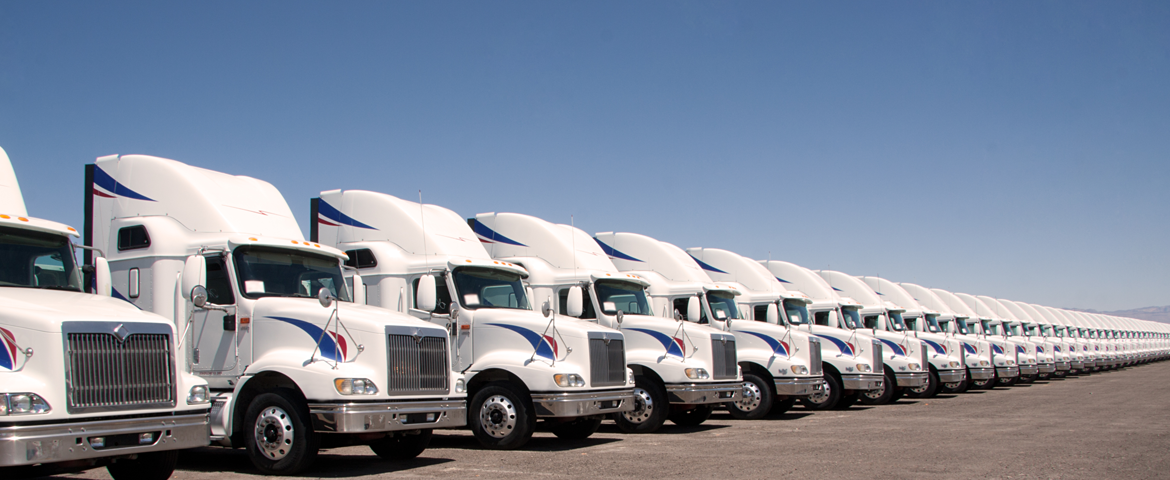If you’re reading this post, then cue the fireworks! You must have recently purchased your first auto insurance policy!
Even if this isn’t your first rodeo with an auto policy, you’re probably still fairly new to all things auto insurance. If you’re new, you may have either just gotten your license or fallen off your parents’ policy. On the other hand, if you’ve had auto insurance for a while, then you’ve probably had the same coverage for years and just never bothered to see what it all meant. I’m here to give you some good news: it’s not as complicated as it looks.
Auto insurance is required all over the United States, so we’ve been able to break it down to where it’s pretty easy to understand. Simply, it is divided into six categories. Not all are required coverages; however, to figure out the best coverages for you, it will be helpful to learn a little about each of them.
Liability Coverage is required in 49 out of 50 states in the U.S. and protects you from paying third-party expenses in the case of an at-fault accident. The money WILL go to the people you hit and their damaged vehicle; the money WILL NOT go toward you, your vehicle, or the other people in your vehicle.
You may find this coverage on your auto policy in the form of three numbers. For our purposes, we will use 30/60/25 (North Carolina’s minimum required coverage). This means that, in a single accident, you have $30,000 for any one person involved, a maximum of $60,000 for all persons involved, and $25,000 for damages to the vehicle. Let’s take a closer look:
- Bodily Injury: this coverage will take care of a third party’s medical expenses or loss of income.
- Property Damage: this coverage will take care of damaged property involved in an at-fault accident, usually meaning any third-party vehicle(s) involved. Additionally, it can cover damages made to other objects.
Uninsured/Underinsured Motorist Coverage will come in handy if you are hit by someone without insurance or enough coverage to pay for your expenses.
Comprehensive will cover damages to your car that were not caused by an at-fault accident. This may include theft, fire, vandalism, or hitting an animal.
Collision will cover damage to your vehicle caused by an at-fault accident.
(Note: if you have comprehensive and/or collision coverage, you will likely have a deductible, as well. This means you will have to pay a certain amount out-of-pocket in order to have the remainder of the damages paid for. For example, let’s say Bob has a $500 deductible for comprehensive and collision coverage. If Bob hits a deer and acquires $1,500 in damages, he would have to pay $500 before the insurance company will pay for the damage.)
Medical Payments will cover the medical expenses of you or others in your vehicle in the case of an accident, as well any lost income due to being out of work for injury. This is an optional coverage and, depending on the situation, could be covered under your health insurance policy. Check with your health insurance agent to find out what would be covered in the case of an auto accident.
Now that you have a basic understanding of what all is covered, visit the Brown-Phillips Customer Service Center to review the coverages listed on your policy. If you have further questions, please call to consult with an independent agent.




